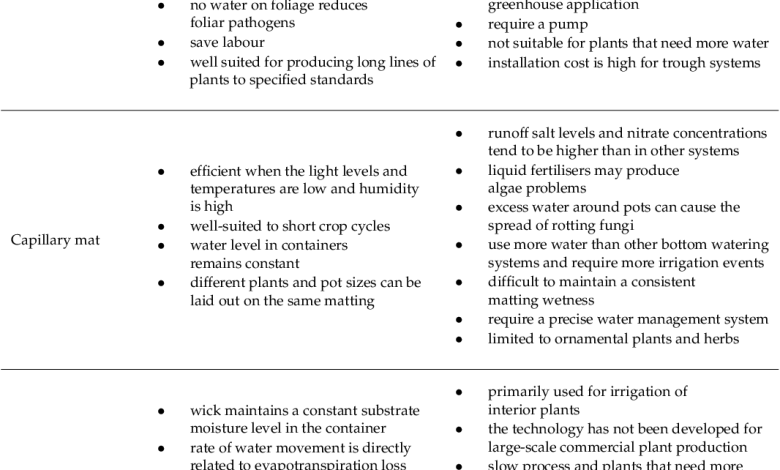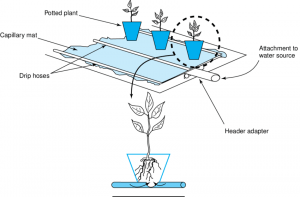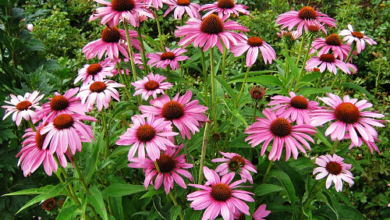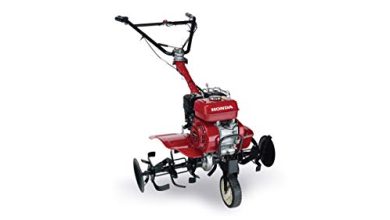Capillary Irrigation: [Concept, Utility, Advantages and Disadvantages]

 Capillarity is a property that water has and that allows it to be distributed in small spaces.
Capillarity is a property that water has and that allows it to be distributed in small spaces.
In gardening or horticulture, this property is used to water different plants, trees and crops.
It has the advantage of being a mechanism that allows them to have the humidity they need at all times, in addition to saving a lot of water.
Installing it in crops can be a job carried out by any lover of these tasks, but for that it is essential to be well informed.
For that reason we have prepared the following article that will surely be very useful to you.
Shall we start?
What is capillarity irrigation?
Capillary irrigation is a technique that allows an optimal distribution of water between crops.
This mechanism makes it easy for plants to take in the liquid they need to be healthy directly from their roots.
It is known as capillarity because the water is capable of covering the air spaces that are established in the soil at the time of cultivation.
In this way, the right amount of water is used, without excesses and without defects, making it easier to enjoy fresh vegetables in areas where water is scarce.
Why is capillarity irrigation interesting for your crops?
Capillary irrigation is interesting because it will be a mechanism that will prevent you from having to spend excessive time watering the plants, especially when you have a large garden.
If we take into account that each species has different requirements, this mechanism is useful to give each one the right thing without worries.
On the other hand, it is a very useful strategy to help save water, which will mean a significant reduction in the amount of the bill each month.
And since it is based on a container filled with water that is placed underground, the percentage of evaporation will be minimal.
What plants benefit from it?
Capillary irrigation is a system that can be used with any plant species.
The reason is that the roots of plants have a series of hairs in their structure that are responsible for absorbing water from the earth.
This is a mechanism that applies to both small and large tree species.
The only thing to pay attention to is the individual needs of each species because the duration of the water in the tank will depend on that.
How can we install a capillary irrigation system in the orchard?
The installation of a capillary irrigation system can be done in various ways.
Here we will expose a somewhat advanced mechanism, but it can be structured in any orchard without many problems.
The steps to follow to install a capillary irrigation system are as follows:
- Define the area of the land that you will use to create the garden with the irrigation system.
- Open a hole as wide as the space to be planted and whose depth is at least 50 cm. These will be distributed between the water tank and the space for planting the plants.
- Level the ground of the base very well to ensure that the water is distributed evenly throughout the surface. If the water remains stagnant in some corner, the work process will not work as efficiently.
- It ensures that there are no stones or other elements at the base of the pit that could damage the layers of waterproof fabric that will be placed below.
- Water the base soil abundantly to ensure it compacts. This process will help to better level the ground.
- Lay down waterproof fabrics that will prevent water from being absorbed into the soil below. These can be two if it is in your possibilities: first a layer of hard plastic and then a waterproof canvas. Make sure to cover the walls as well. These should protrude from the pit.
- Have an L-shaped PVC tube that will have two functions: to serve as a contact with the outside to fill the pit with water when necessary and to distribute the water equally inside the pit.
- Open a series of holes throughout the length of the tube that will run parallel to the base of the pit. In this case, the holes will have to face the bottom because, if they face up, the roots of the plants could cover them. The other part of the tube must be oriented towards the surface to pour the water out there when necessary.
- Backfill the base of the pit with a medium layer of gravel, ensuring it is evenly distributed.
- Cover the spaces with soil. This may be the same one that was removed when digging the pit.
- Protect the structure of the water pit with an anti-weed mesh to prevent organisms from forming inside.
- Place a support on the entire exterior structure of the pit that will allow you to fill it with gardening soil and plant the chosen species.
- Fill the pit with water and voila.
What are the advantages of capillary irrigation?
The main advantages of this system are listed below:
- It keeps the plants with the humidity that each one needs to be in perfect condition.
- It is not necessary to have daily time to irrigate the crops.
- A definite saving in the amount of water to be used for crops will be evident.
What crops benefit from capillary irrigation?
Many trees, plants, flowers and crops in general can benefit from this system.
Especially those that require constant moisture, such as tomatoes, peppers, avocados. ..
It is interesting if you have a tree planted in a pot, before transplanting it. In this way, you will have sufficient moisture constantly.
What disadvantages does it have?
- The main disadvantage of capillarity irrigation has to do with the design of the structure for its installation. Although in general it does not require much investment of time and effort, some people may not feel prepared to carry it out.
- In addition, it is necessary to be very attentive to the duration of the water in the pit to carry out its respective replacement. Otherwise, the plants will wither from lack of moisture.
In short, capillarity irrigation is a simple, valuable working mechanism that has many more advantages for its application than negative points.




![Photo of Sowing Kale: [Substrate, Care, Irrigation, Pests and Diseases]](https://www.complete-gardening.com/wp-content/uploads/2022/08/sowing-kale-substrate-care-irrigation-pests-and-diseases-390x220.jpg)